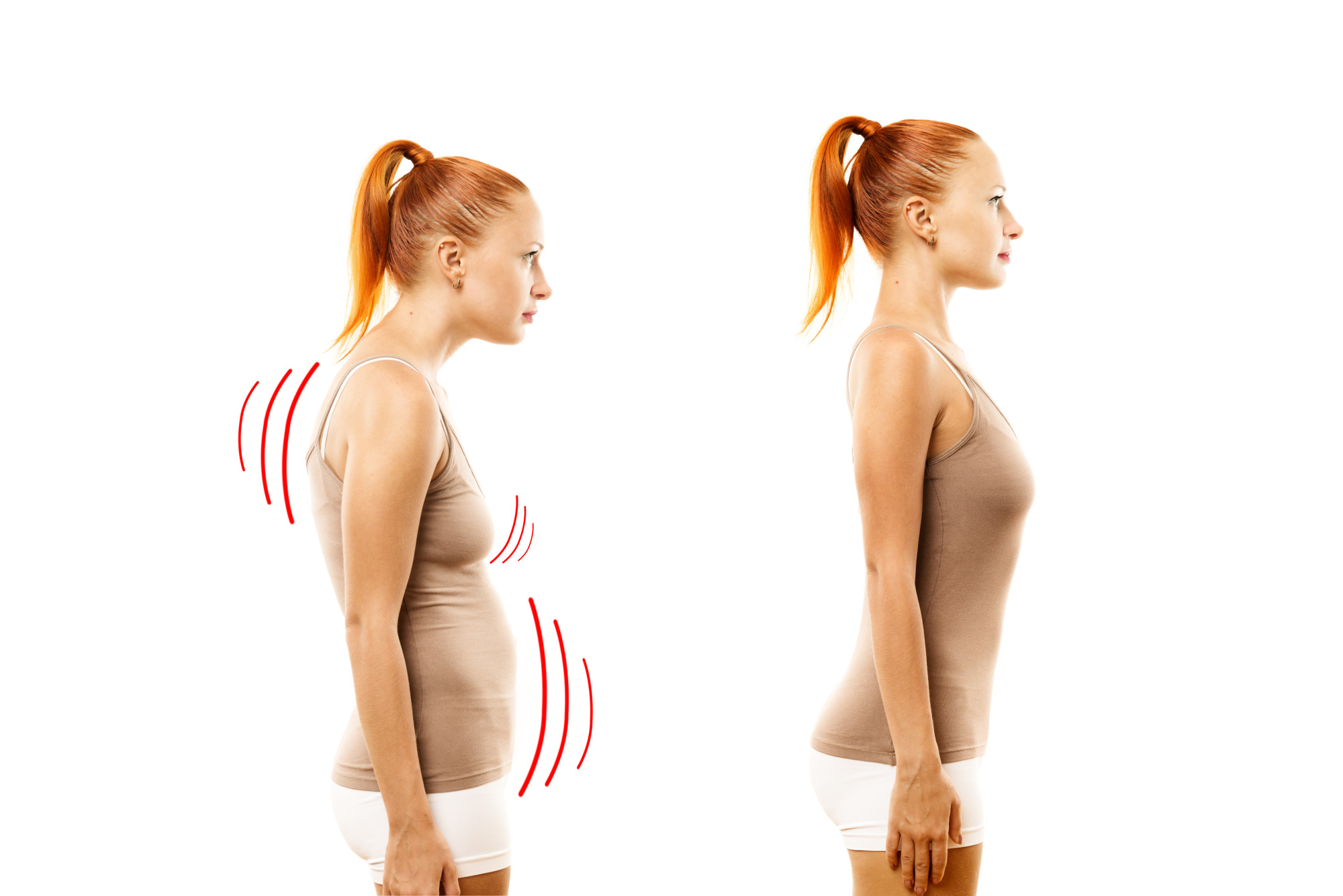
Good posture is a key factor in overall health and well-being, but it can often be difficult to maintain. Have you ever found yourself in the middle of the workday hunched over at your desk, only to realize that hours have passed and your posture still hasn’t improved?
Fear not! Here are some simple and effective methods to address and correct bad posture. You just may find yourself standing tall and feeling confident in no time. Read on to learn more!
Table of Contents
- 1 1. Adopting an Ergonomic Workstation
- 2 2. Stretching Your Way to Good Posture
- 3 3. Doing Strengthening Exercises
- 4 4. Adding Supplemental Support Devices
- 5 5. Seeking Professional Evaluations
- 6 6. Wearing Comfortable Shoes
- 7 7. Taking Advantage of Technology for Postural Care
- 8 8. Sleeping the Right Way
- 9 Fix Your Bad Posture With These Easy Tips
1. Adopting an Ergonomic Workstation
People need to maintain good posture while sitting at an ergonomic workstation. But if you are already suffering from poor posture, there are ways to correct it. Start by monitoring your posture while sitting at work.
Ensure your computer screen is monitored at eye level so your neck is not bent at an angle. Adjust your chair so your feet are flat on the ground and your arms rest comfortably on the armrests.
The back of your chair should offer lumbar support for your lower back. You should keep your lower back straight when seated in the chair. Maintaining the proper distance from your computer is also essential.
Finally, take frequent breaks to move around, stretch, and get up to move. This will help to reset your posture and promote good health.
2. Stretching Your Way to Good Posture
There are many ways to correct bad posture. Getting into the habit of stretching regularly is a great start. Stretching helps loosen tight muscles, creating more flexibility which can help improve posture.
Combining dynamic and static stretching is effective. Dynamic stretching focuses on repetitive movements that mimic everyday activities. Static stretches concentrate on holding a stretch for 10-30 seconds.
3. Doing Strengthening Exercises
Strengthening exercises are one of the key ways to correct your bad posture. This may include a combination of exercises such as:
- sit-ups
- leg lifts
- chest presses
- squats
- planks
- bicep curl
Identifying and strengthening weak muscles can help support the body upright and keep the spine in its natural alignment. Also, core and back exercises can help strengthen the muscles that allow the spine to maintain its natural curvatures.
Doing these exercises regularly not only helps support better posture. It can also improve balance, regulate breathing, reduce muscle tension, and improve mood and confidence. It can also help reduce back and neck pain and muscle strain caused by poor posture.
4. Adding Supplemental Support Devices
In addition to exercises that focus on postural muscles, the use of supplemental support devices can help improve posture. For instance, a standing desk or an ergonomic chair can help keep your body aligned throughout the day.
Also, using lumbar support pillows for lower back support can provide extra comfort and help keep your spine balanced.
Finally, regularly using a foam roller can help relieve muscle tension and improve postural imbalances. These supplemental support devices and postural exercises can help correct posture and reduce pain.
5. Seeking Professional Evaluations
Bad posture can be corrected by seeking professional evaluations from medical providers. Postural evaluations should be performed by a qualified physical therapist or chiropractor. Professional physical therapists can:
- analyze body mechanics and activities
- evaluate joint and muscle function
- assess balance and gait
- prescribe corrective exercise plans
Chiropractors can detect imbalances in the spine and help realign the body. A qualified health professional can evaluate risk factors leading to bad postures, such as weak muscle groups and improper activities. You can find a chiropractor in Pensacola to help you on your journey to wellness and health.
6. Wearing Comfortable Shoes
To correct bad posture, start by wearing structured, comfortable shoes that provide ample support. Pick a pair of shoes with a flat sole, as heels can throw off your spinal alignment and cause neck and back pain.
Additional clothing choices should be loose-fitting, non-restrictive garments that allow for natural movement.
7. Taking Advantage of Technology for Postural Care
It is essential to understand how poor posture can impact physical and mental health and how one can use technology to correct bad posture. Using the proper devices, such as posture trainers, can provide feedback about the postural position and alert users when they are in a less-than-ideal position.
Tracking devices, such as wearables, allow data collection on posture and activity to monitor progress. Smartphone applications are also available to guide users on how to maintain proper posture or remind them to practice correct postural habits.
Education is also a large part of postural care. Knowing which positions are best and why is vital to promoting healthy posture. As such, researching or taking classes related to postural care can be highly beneficial.
Through education, users can learn how to avoid positions that may cause further damage. With proper assessment, devices, data tracking, apps, and education, users can successfully correct lousy posture and enjoy the added benefits of better physical and mental health.
8. Sleeping the Right Way
Proper sleeping habits and posture are necessary for having a good night’s rest. To correct bad posture while sleeping, a firm mattress and supportive bed frame are essential for supporting and keeping your body aligned.
Additionally, using a more supportive pillow to aid in aligning the spine is beneficial. Sleeping on your back while utilizing a pillow between your knees is also helpful. This helps to keep your hips, pelvis, and spine in line.
Lastly, placing a lumbar roll or cushion at the curve of your lower back supports the spine while lying down. With each of these minor changes, your body can rest adequately so your posture is not affected.
Fix Your Bad Posture With These Easy Tips
Proper posture is so essential for leading a healthy, productive life. There are many ways to fix bad posture, such as exercising, stretching, focusing on ergonomics, and monitoring your posture throughout the day. Regularly engage in these activities to keep your posture in optimal condition!
Do you want to find more helpful info? Check out more of our guides on our blog today!


